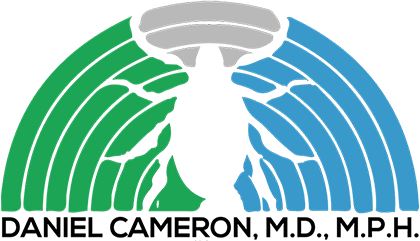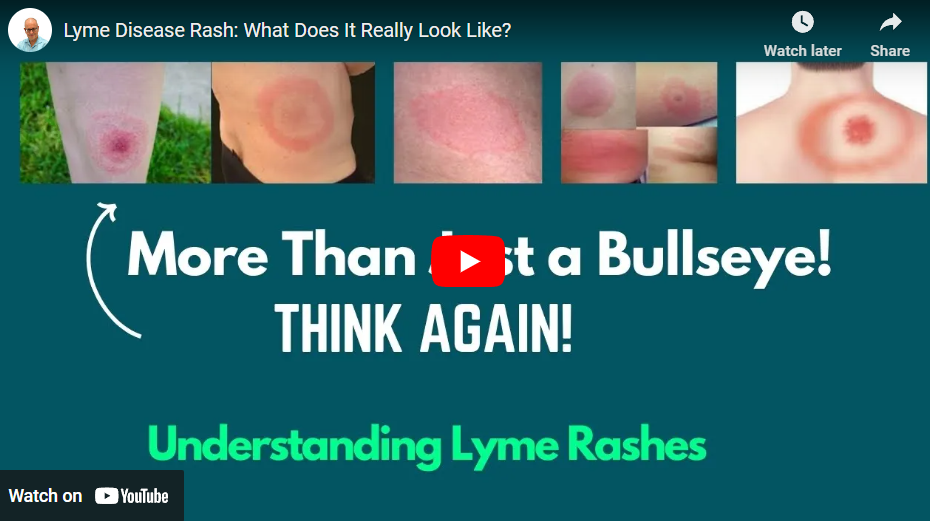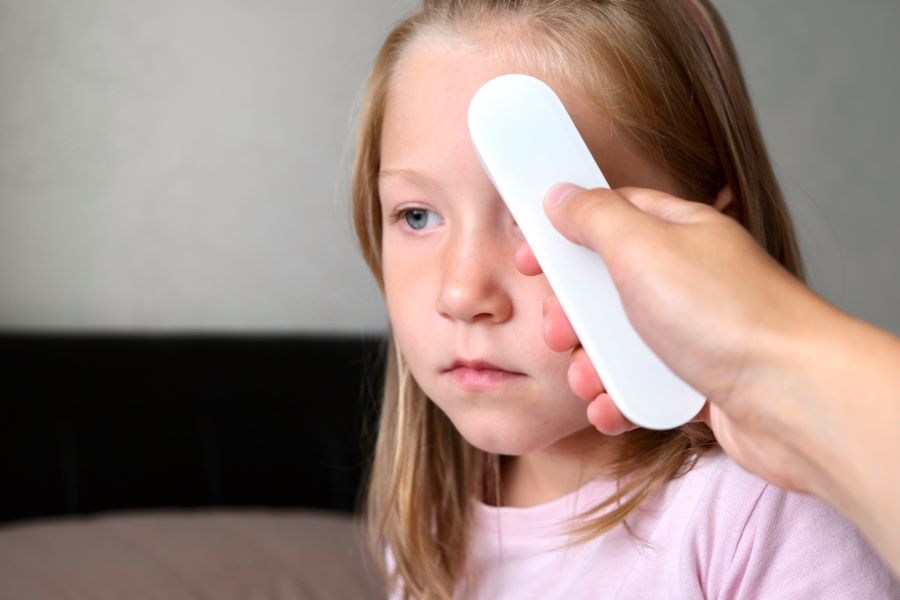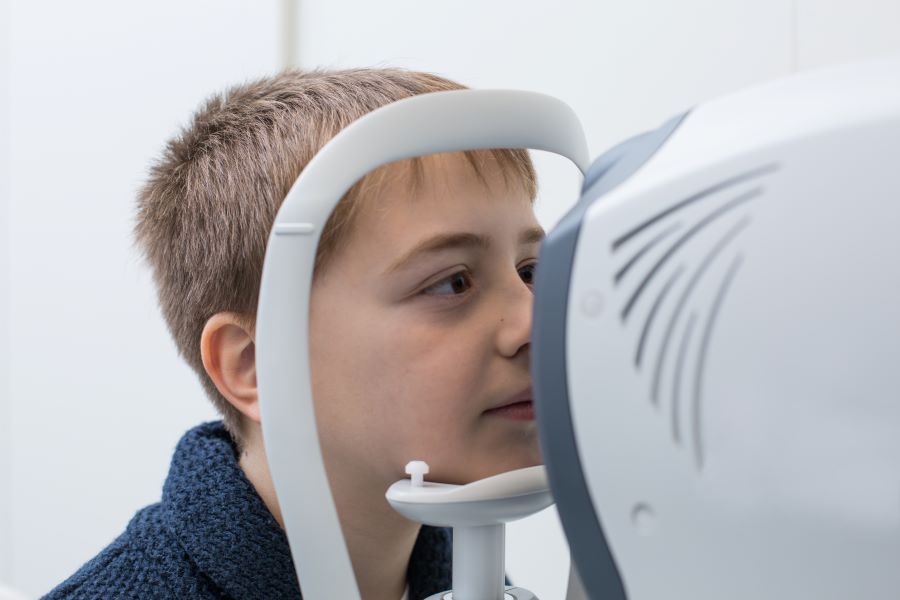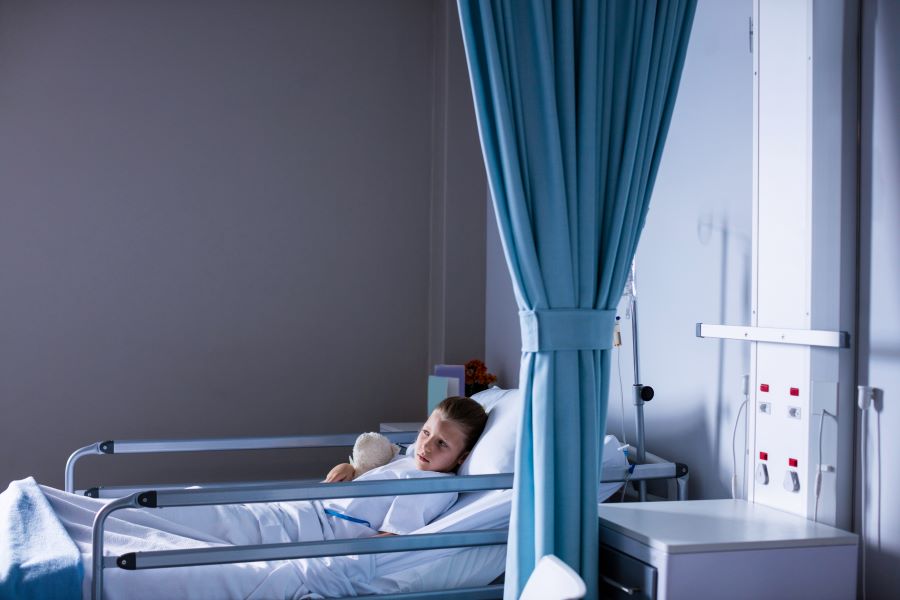Lyme Disease Rash: What Does It Really Look Like?
Many people assume that a Bull’s-eye or erythema migrans (EM) rash is a common manifestation of Lyme disease. And that the lack of a rash confirms a person does not have the disease. This is far from the truth. EM rash identification remains a challenge because it often takes on a variety of appearances, according […]
Lyme Disease Rash: What Does It Really Look Like? Read More »
